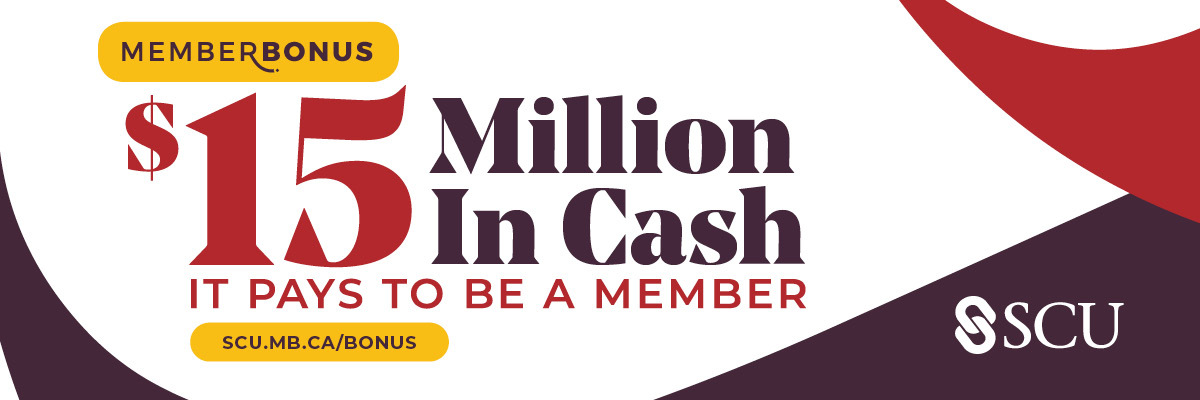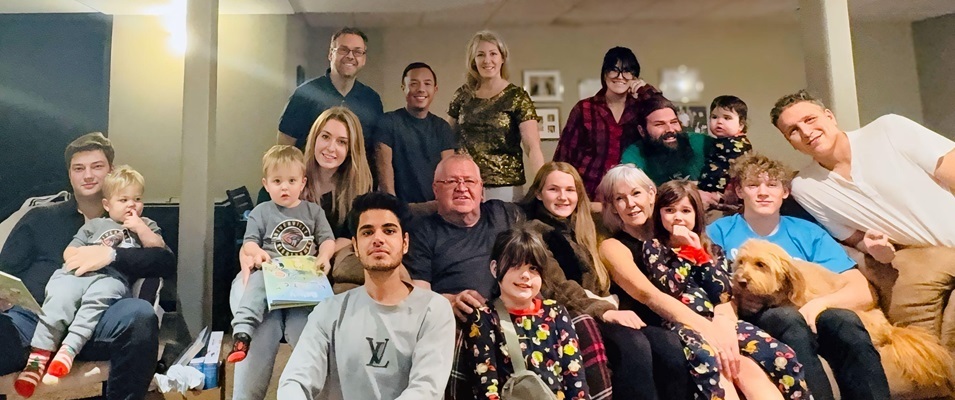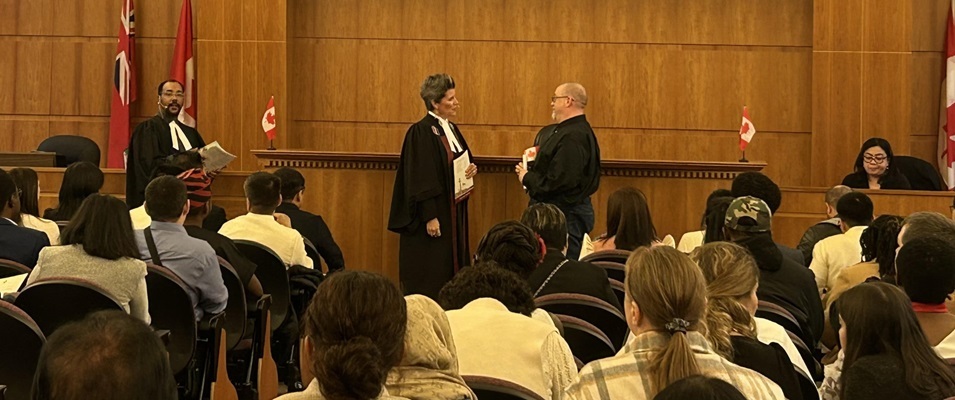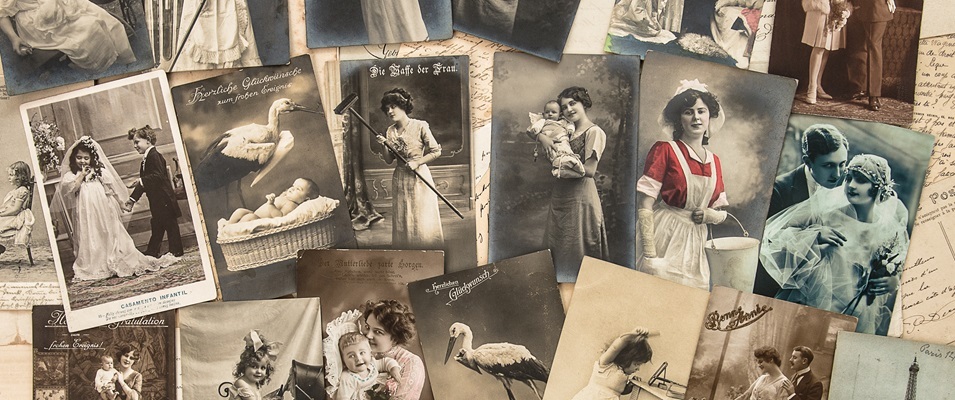
While the world is, and always has been, in constant change, it’s the pace of the change that makes our current reality so unique. Never before in history has the experience of one generation been so dramatically different from the one previous. To combat this gap, both the sunrise and the sunset generations have to learn each other’s ways. And nowhere is this gap more prevalent than in the most basic of human interactions: communication.
Past generations depended on face-to-face talks or landline calls, while our youth depend on short bursts of texts. Christmas cards of the past may have communicated non-verbals, but social media now allows us to quickly communicate the intimate details of our lives in real-time. There are advantages to both old and new. The old ways are seen as more relational and personal and the new ways seem to be quick and efficient. This is not to say that any method of communication is inherently wrong or right, but we must be aware of the shortcomings and pitfalls of each.
While the written word has the ability to be descriptive and eloquent in the hands of a master wordsmith, it lacks the emotional and non-verbal connections that personal conversations convey so well. The crafted word is sufficient for us to receive much of a novelist’s intended emotion, but this often requires hundreds of thousands of characters. Even the craftiest author would be challenged to convey the same nuance in less than 150 characters.
If we hear a statement that sounds offensive in personal conversation, we can ask the offending party to repeat himself, in the hope of ascertaining whether the offense was intended or misinterpreted. Unfortunately, this can’t be done on social media. Without a direct connection to a message’s author, one is left only to re-read that message and try to interpret it from different perspectives. As social media communicators write their snippets and post them for the world to see, they must be more conscious of this.
So much of our communication is dependent on tone and scenario. Sarcasm, humour, and frustration can be challenging to communicate. In today’s online forums, communicators run the serious risk of being misinterpreted. The creation of more complex emoji is proof of this shortcoming. Because texts, emails, and social media messages are designed for speed, their writers are discouraged from stopping to think.
Let’s couple this with one more complication: in personal communication, we are aware of the audience. We’re speaking to someone whose perspective we know. Online, the audience is often unknown. Even one-to-one mediums, such as email or texts, can be easily forwarded and end up reaching an unintended audience. Facebook, Twitter, and Instagram posts are global and permanent, and even the best privacy settings aren’t enough to protect you.
As we enter this new year, we can be sure that modern communication tools will become a larger part of our interactions. Perhaps it’s time to slow down and take the three breathes needed prior to posting something on Facebook. And before commenting or replying, take the time to read it twice and attempt to understand the author’s motivations rather than assuming the worst. The verbal diarrhea we’ve all seen may decrease as a result, and while I would lament the loss of the entertainment value it occasionally provides, I would celebrate the increase in civility.




















